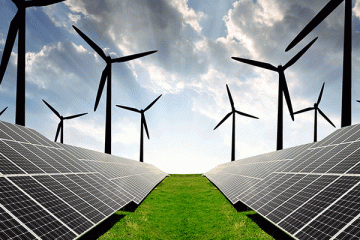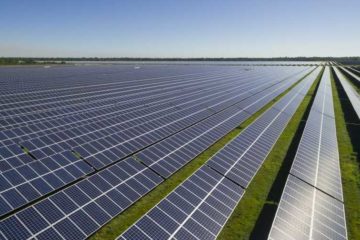In a recent study by Synapse Energy Economics, it was determined that New England states reduced electricity costs with solar energy during the summer of 2018. According to the report, “Distributed solar reduced New England wholesale costs by nearly $20 million dollars from July 1 to July 7, 2018.” This is big news as it demonstrates that building solar power plants at various locations across the region has reduced costs for rate payers. The research also concludes that, “States with more distributed solar experienced more wholesale cost savings from the load impact than states with less distributed solar.” This is a critical point as it identifies a direct link between solar power and lower wholesale electricity costs at the ISO-New England level.
Forward-thinking states such as Connecticut, Massachusetts and Rhode Island have very aggressive Renewable Portfolio Standards, which means that many utility-scale solar power plants will be popping up across the region during the next decade. These solar projects typically take the form of “solar farms” – literally acres of solar panels in rows across acres of open land. Large solar farms, ranging from 20-100 acres offer economies of scale vs. roof-mounted systems, which cost more to install and are difficult to scale up in size.
By physically locating clusters of utility-scale solar arrays in areas with high electricity loads, consumers benefit in two ways. First, the cost of electricity will be lower as more solar power is deployed (per the report). Secondly, greenhouse gas emissions will be reduced as more power is generated by cost-saving solar installations. This “virtuous cycle” means that rate payers can save money while also saving the environment. That’s good news in the fight against climate change.


